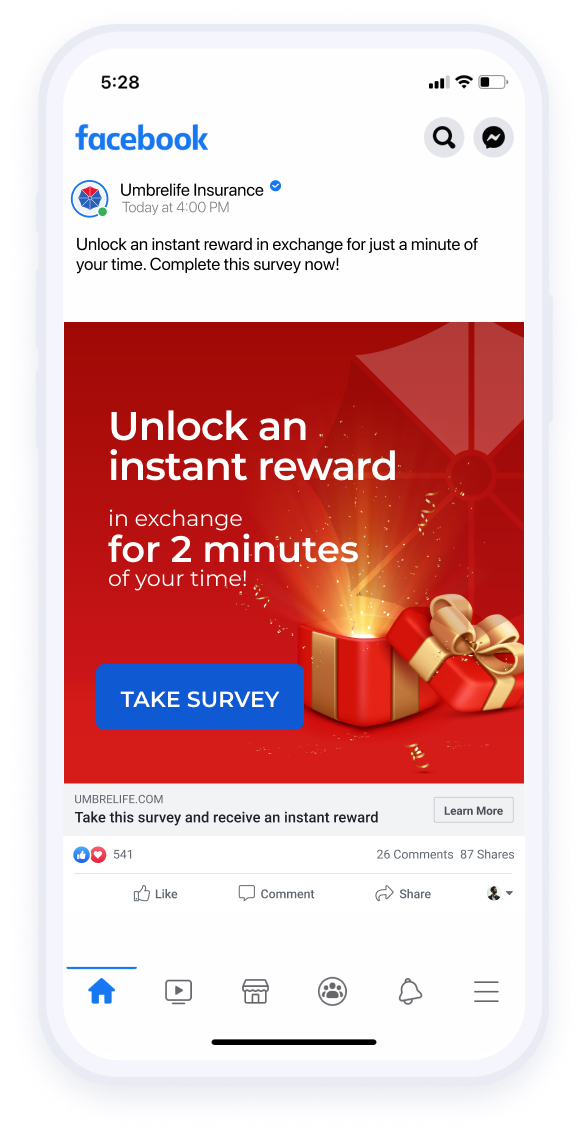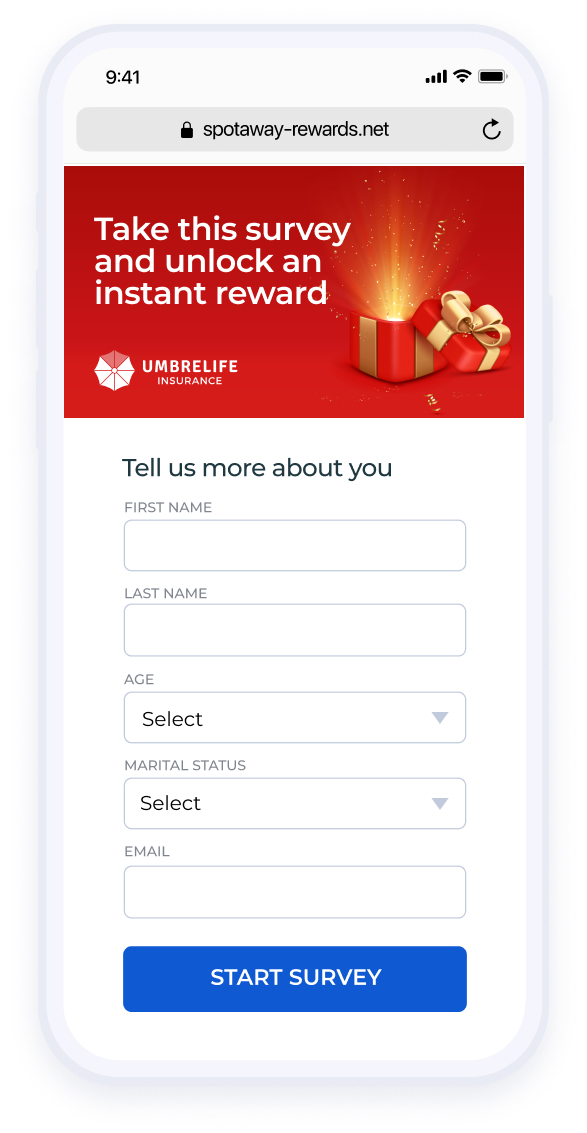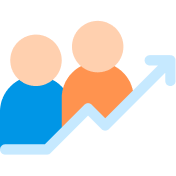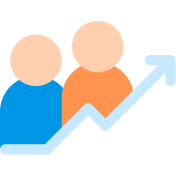What is Loyalty Marketing and How It Can Help Brands

What is Loyalty Marketing and How It Can Help Brands
Unlock the secret behind how loyalty marketing can drastically increase your brand value
In this ultra-competitive digital era, attempting to differentiate yourself from the crowd comes with its own set of unprecedented challenges. Brands are constantly striving to retain the attention of their existing customers while simultaneously trying to concoct unique methods to acquire new ones.
Enter: loyalty marketing, a powerful approach that has completely transformed the way in which businesses connect with their customer base. Leveraging loyalty marketing strategies can aid brands in forging stronger bonds with their customers, fostering brand advocacy, and ultimately gaining a competitive edge in the marketplace.
What is Loyalty Marketing
Loyalty marketing is a carefully curated strategy designed to retain existing customers by offering enticing incentives like exclusive perks, free rewards, and discounts. It’s an effective method for brands to express gratitude and reward the support of their valued patrons. With a focus on nurturing lasting relationships, loyalty marketing ensures that customers feel appreciated, valued, and motivated to stick around for the long haul.
Why Loyalty Marketing Is Important
At its core, loyalty marketing is the secret ingredient that transforms ordinary customer-business connections into extraordinary, lasting relationships. Its primary aim is to entice customers and indulge them with an immersive experience. Additionally, loyalty marketing enables brands to collect valuable customer data through various programs, which can be leveraged for targeted marketing campaigns and personalized experiences. This results in an increase in customer lifetime value and ultimately boosts overall brand profitability.

A study conducted by Accenture revealed that businesses experience a significant surge in revenue, ranging from 12 to 18 percent, from loyalty program members compared to non-members. This shows the substantial impact loyalty marketing strategies have on driving higher revenue and highlights the significance of having a well-designed loyalty marketing strategy.
Loyalty marketing isn’t just about fleeting transactions; it’s about creating a symbiotic bond that caters to customers’ needs, desires, and aspirations.
Integrating it into your brand strategy is a game-changer that will set your business apart from the rest, emphasizing the true power of long-term advocacy over short-lived transactions with both existing and new customers.
How to Incorporate Loyalty Marketing into your Brand Strategy
Acquiring a loyal customer base cannot be achieved overnight. Instead, it arises as a result of a personalized and well-designed loyalty marketing strategy. This nudges consumers to choose your brand over any other due to the strong affiliation they feel with it, looking past comparative factors like pricing.
This loyalty is nurtured through a series of positive interactions that establish trust over time. The ultimate objective is to transform customers into brand advocates, making loyalty a critical component of long-term business success. Enhancing customer loyalty not only sustains customer purchases but also amplifies brand advocacy to reach a new and wider audience. Below are some ways to achieve this:
Loyalty Programs
Loyalty programs are arguably the most important aspect of loyalty marketing as they provide a structured framework to incentivize and reward customers for their repeat purchases. These personalized programs are curated to create a sense of exclusivity and appreciation for loyal customers, encouraging them to choose your brand consistently. There are several types of loyalty programs with a slew of different offerings.
One type of loyalty program is focused on tiered rewards, where customers are placed into different tiers based on their level of engagement or spending. As customers ascend through the tiers, they unlock increasingly attractive benefits and privileges. This tiered structure creates a sense of progression and aspiration, driving customers to reach higher levels and enjoy exclusive perks reserved for top-tier members.
Another type is a points-based loyalty program, where customers earn points for each purchase they make. These points can then be redeemed for various perks, including but not limited to discounts, free products, or exclusive experiences. This provides a sense of accomplishment for customers as they accumulate points toward valuable rewards. This is just the tip of the iceberg when it comes to the thousands of loyalty programs that brands across the globe have designed.
Social Media

Social media platforms like Instagram and Facebook play a vital role in loyalty marketing by allowing brands to directly connect with their customers. A study by Sprout Social revealed that 91 percent of consumers believe social media has the power to connect people. Additionally, 78 percent are in favor of brands using it to bring them together.
Social media platforms can be leveraged to share exclusive content like behind-the-scenes glimpses, sneak peeks, or exclusive promotions. This creates a sense of exclusivity, strengthening the bond between the brand and the customer.
Additionally, social media platforms serve as communication channels to provide customer support. Brands can address inquiries, resolve issues, and offer assistance in a timely manner, showcasing their commitment to customer satisfaction. By facilitating interactions between customers, brands can strengthen their connection with customers. Overall, actively engaging with customers on social media platforms will allow your brand to establish trust and value customer input, fostering brand loyalty.
External Partnerships
Developing external partnerships with other merchants is a highly effective strategy in loyalty marketing. By collaborating with complementary brands, businesses can expand their offerings for customers and attract a new audience. One way to do this is to collaborate on a joint loyalty reward program which will allow customers to earn and redeem rewards across both brands. This encourages cross-purchasing and boosts customer engagement.
Additionally, cross-promotion can be an efficient tool to be used to leverage each other’s customer base and reach a new demographic. Some ways to achieve this can be through organizing joint marketing campaigns and collaborating on content creation. Such partnerships strengthen brand loyalty by providing customers with more value, variety, and unique experiences. Strategic collaboration enables brands to expand their reach, tap into new markets, and build stronger connections with customers, resulting in long-term success.
What You Should Know
In conclusion, loyalty marketing is a transformative strategy that drives brand advocacy by fostering strong customer-brand relationships. By implementing personalized loyalty programs, harnessing the power of social media platforms, and forging external partnerships, businesses can achieve sustainable success in the long run.
If you’re interested in diving into the world of loyalty marketing, consider the self-serve Perx Platform which empowers businesses to transform fleeting customer interactions into long-lasting bonds through the synergy of behavioral science and adaptive AI. Book a demo today to discover how the Perx customer loyalty and engagement platform can elevate your brand strategy.
Recommended for you

Blogs

Sustainability

Blogs
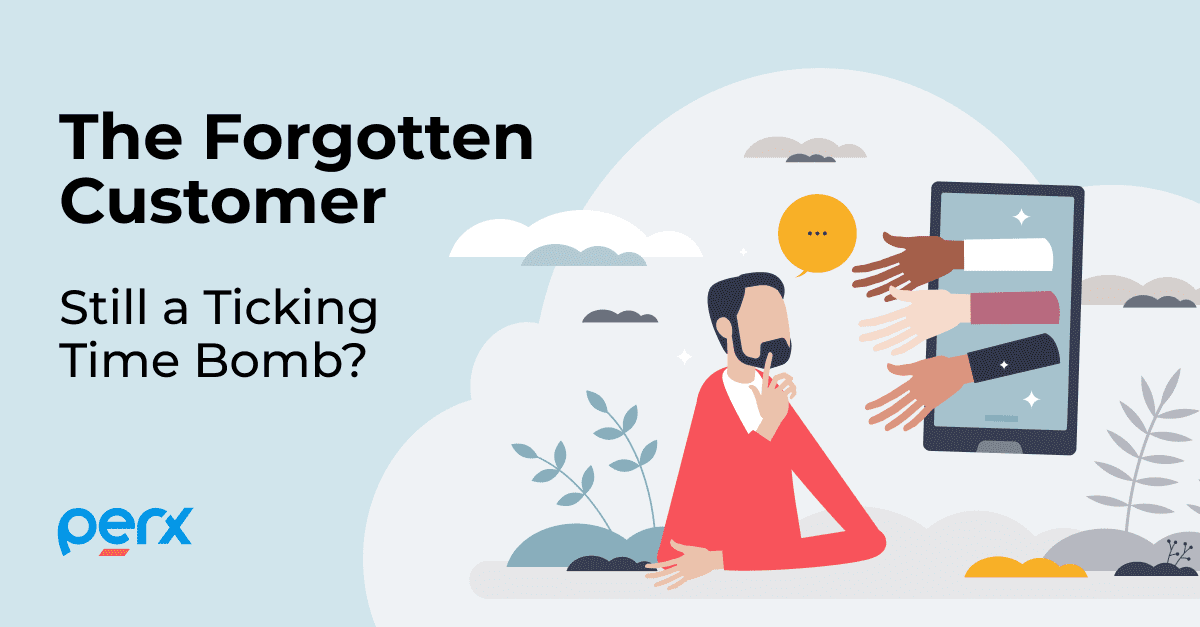
Blogs

Blogs
Ready to join them?






